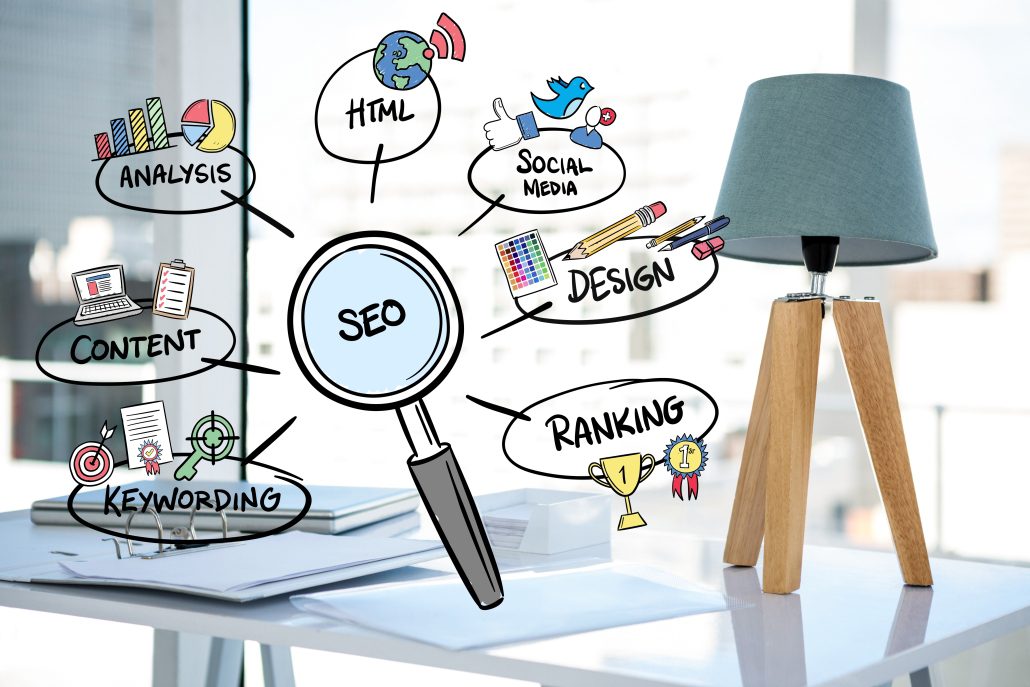Small Office, Big Impact: Optimize Space With Simple Additions
Running a small office comes with its own set of challenges, particularly when it comes to space. However, the design and organization of that space play a significant role not only in the efficiency of operations but also in the well-being of employees. A cramped, cluttered office can lead to stress and reduced productivity, while a thoughtfully designed workspace can promote comfort, creativity, and job satisfaction.
With careful planning and a few thoughtful additions, any business can transform a compact office into an efficient and comfortable workspace. The key lies in using smart furniture choices and organisational strategies that help make the most of the available space. Here’s how to optimise your office with simple, cost-effective solutions.
Choose Multi-functional Furniture
Multi-functional furniture is a great way to maximise the limited space in a small office. Desks that double as storage units or chairs that can be stacked away when not in use are perfect examples. These pieces not only save space but also reduce the need for excessive furniture that can clutter your office.
For example, a desk with built-in drawers or shelves allows employees to keep essential items within reach without the need for extra storage units. Similarly, stackable chairs are perfect for meetings and can be stored easily, freeing up space when they aren’t required. By incorporating multi-functional furniture, you enhance both the practicality and flexibility of your office.
Organize With Purpose
Organisation is crucial in a small office environment. Without proper planning, even the most spacious office can become cluttered. Implementing a clear organisational strategy will help ensure every item has a place, reducing clutter and improving productivity.
Start by assessing what items are essential for daily operations and remove anything unnecessary. Once you’ve streamlined your office essentials, invest in simple storage solutions like vertical shelves or wall-mounted cabinets. These are excellent for freeing up floor space and keeping items easily accessible. Utilising pegboards or corkboards to store smaller office supplies can also help minimise clutter on desks.
Incorporate Vertical Space
One of the most effective ways to optimise space in a small office is to think vertically. Wall-mounted shelves, cabinets, and organisers make excellent use of space that is often overlooked. Vertical storage solutions reduce the need for bulky furniture, allowing for more room to move around and work efficiently.
For instance, wall-mounted cabinets can be used to store paperwork, office supplies, and equipment that would otherwise take up valuable floor space. Additionally, incorporating vertical storage can make your office appear larger and less cramped, creating a more pleasant environment for employees.
Streamline Document Storage
Paperwork can quickly pile up, creating chaos in a small office. While many companies have moved towards digitisation, some paperwork is still unavoidable. Having a clear system in place for document storage will not only save space but also keep your office organised.
Consider incorporating used office filing cabinets into your space. These are cost-effective, sustainable options that provide ample storage for documents, files, and other materials. With various sizes and styles available, it’s easy to find filing cabinets that fit seamlessly into your office layout without dominating the room. By choosing pre-owned cabinets, businesses can also reduce waste, supporting a more sustainable approach to office design.
Bring in Compact Workstations
Another way to optimise space is by selecting compact workstations. These smaller desks are designed to provide enough surface area for day-to-day tasks while taking up minimal space. Compact workstations are ideal for small offices with multiple employees, as they allow each person their own designated space without overcrowding the room.
To complement these workstations, consider installing mobile filing cabinets or small drawer units that can be tucked underneath the desks. This keeps necessary items close at hand while preserving the overall openness of the office.
Add Practical, Space-Saving Accessories
Simple additions like space-saving accessories can make a significant impact on a small office. Cable management solutions, such as cable trays or clips, reduce visual clutter by preventing cords from becoming tangled. Desk organisers, including trays, dividers, and pen holders, ensure that workspaces remain tidy and functional.
Another practical addition is the use of adjustable or wall-mounted monitors. By freeing up desk space, employees can work more comfortably and efficiently. These small adjustments may seem minor, but when combined, they greatly enhance the functionality and aesthetic of a small office.
Conclusion
Optimising a small office doesn’t require a major overhaul. By making smart furniture choices, taking advantage of vertical space, and incorporating simple organisational tools, any business can create an efficient, comfortable workspace that maximises the available space. These changes can lead to improved productivity and a more enjoyable work environment, proving that a small office can indeed make a big impact.





